With this article we will see some possible evolutions for the future of the open world. From improved AI to rethinking the mission structure, there are many improvements that can be implemented
This special comes from an urgency of the undersigned to tell and analyze certain crucial aspects for the open world and for their future. It all started with my recent run on Assassin’s Creed Valhalla. However, this umpteenth chapter of the assassin saga serves us to introduce a much broader and more complex topic. That is, what are the elements of game design which work in an open world and which don’t? But above all, there is a possible evolution for this “genre”?
Some premises
But let’s proceed in order. Before considering the future of the open world, it is necessary to premise that the latter are a type of games that, in the last generation of consoles has seen a real one rebirth. Suffice it to say that among the first titles released for PS4 and Xbox One there are titles such as Infamous Second Son e Assassin’s Creed Black Flag. I talked before about the open world superficially, defining them as a real type of games. If there is one thing that needs to be clarified, it is open worlds NON they are considered as a real genre. These are quite a game world building paradigm. For example, Ratchet and Clank is also a game with maps explorable freely, but who would dream of considering it an open world?
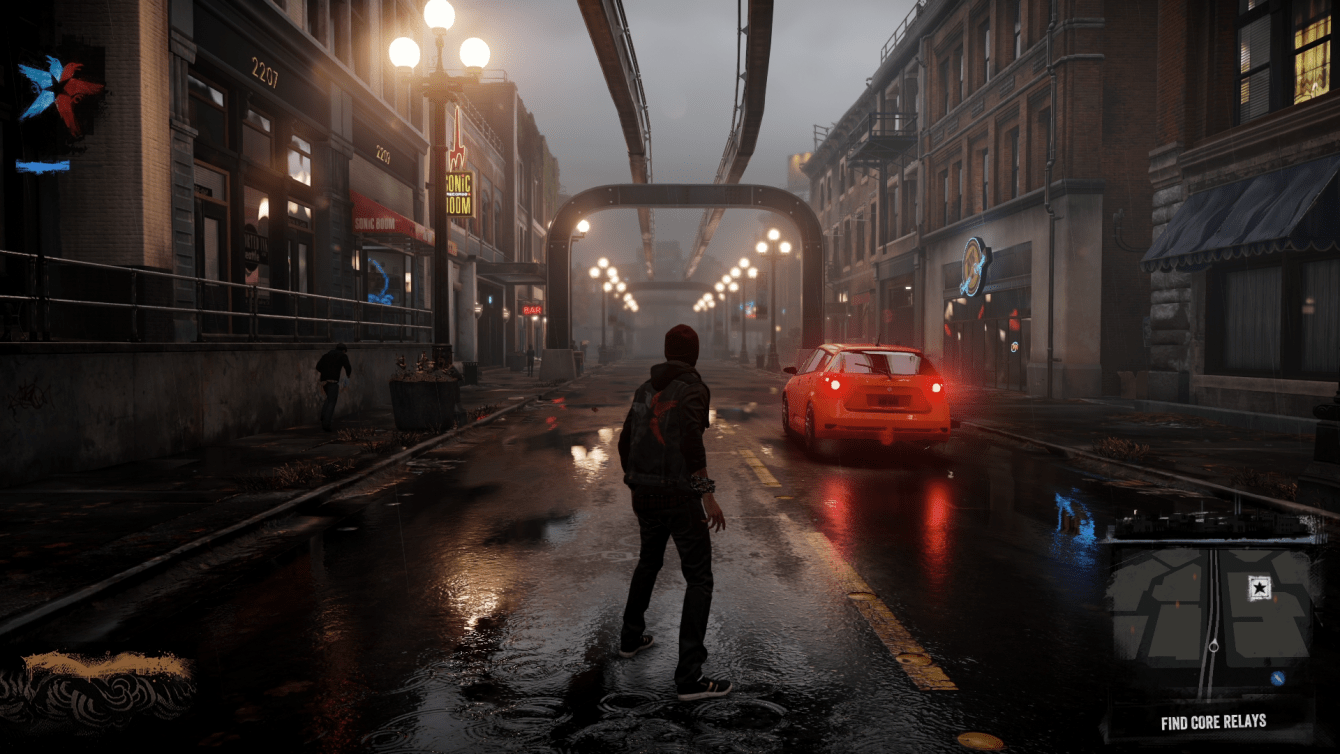
A scapegoat – The future of the open world
Returning to us, in this article we will try to propose some ideas, to discuss together what some will be possible future innovations and what works in the present. To identify what works in an open world, however, you must first identify what is wrong. So let’s start with our beloved Assassin’s Creed Valhalla. Valhalla was born, to give a minimum of context, still in old Ubisoft’s business model. That is to say continuously, after one or two years, a variation of the same title.
In this, Valhalla takes charge of all the problems of the previous titles, trying to pose awkwardly remedy with some balances. It’s okay to limit the rpg component of Odyssey and Origin by leaving the player the same equipment that will need to be upgraded manually, but everything else is not okay.
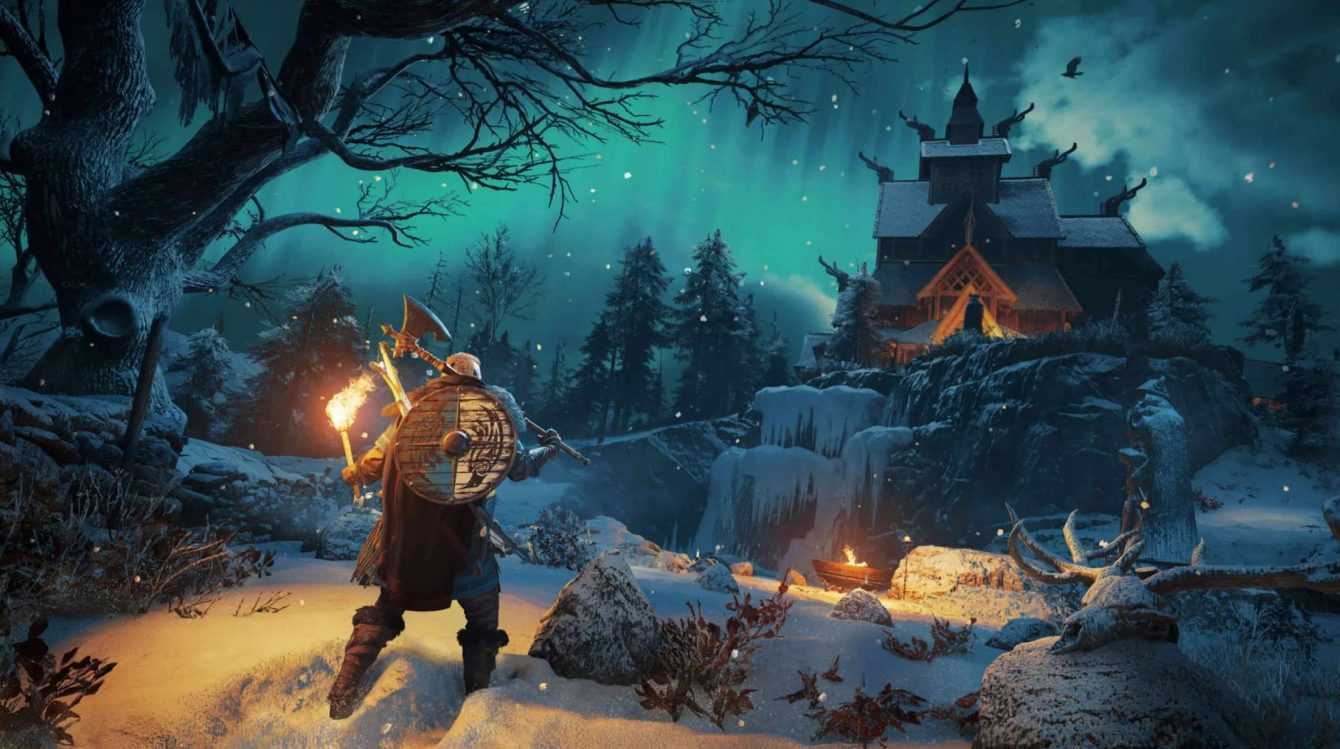
Some Comparisons – The future of open worlds
Here we come to one of the key points, because in the open world like Zelda Breath of the Wild, exploration works and in Valhalla doesn’t? Simple, because in Valhalla the game world is a beautiful one postcard (a bit buggy) which is the background to the player’s actions. While in Zelda, the game world is a main character, which changes over time and provides numerous mechanics to interact with it.
Another difference with another title loved by players: Red Dead Redemption 2. although presenting an equally vast world, the latter is original and supported by a conception of side missions which, instead of breaking the rhythm of the gameplay as in Valhalla, constitute a real emerging narrative and create a living, credible and coherent game world with the shared western imagery, as well as embellish the narrative universe created by the authors.
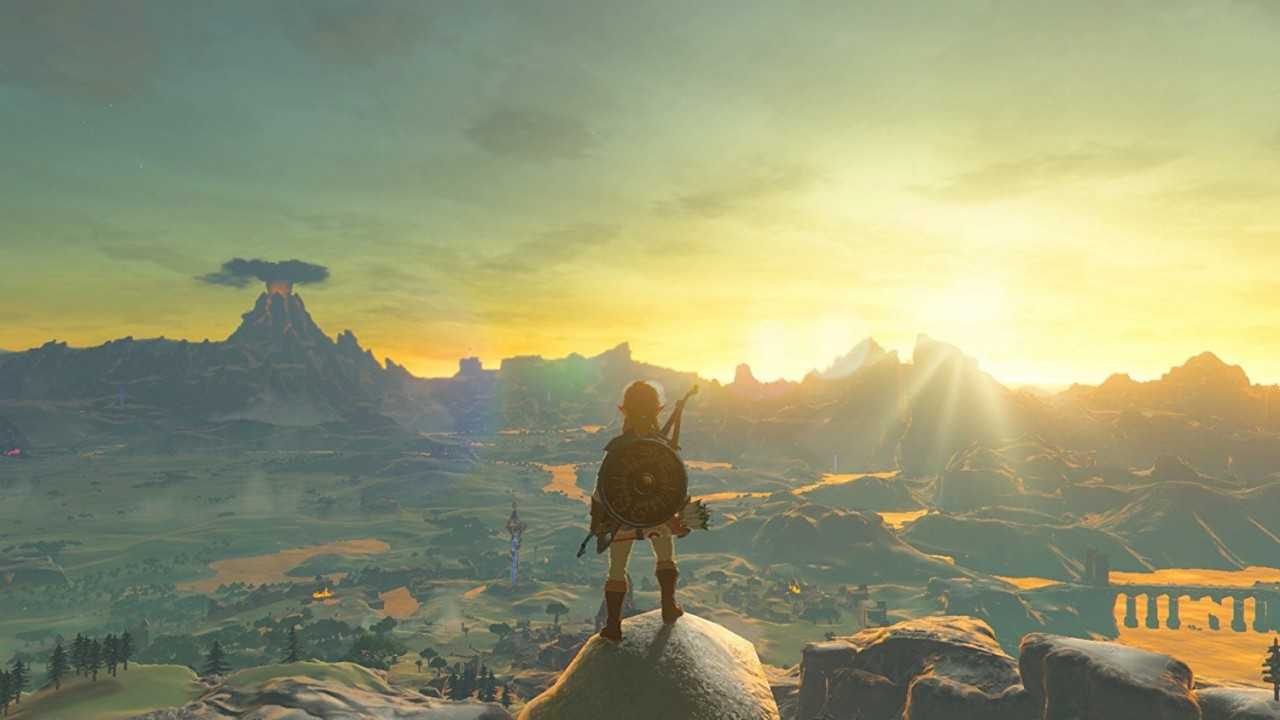
Quantity vs Quality – The future of open worlds
Quantity vs quality. The idea that these two characteristics are mutually exclusive is a misconception. Just think of games like Persona 5 or, remaining in the open world theme, the same (and already mentioned) Red Dead Redemption 2. It all depends on the structure and game design. In general, if the hours of play are many due to a long narrative sector and complex, authors must implement a system whereby, after moments of peak in the rhythm and intensity of the gameplay, there must be moments of decompression, of decline, without however falling into total inactivity, as i dialogues infiniti in certain games, or without breaking the pace too much.
In this regard, what it makes pleasant the experience in a title like Ghost of Tsushima (to give another example) is precisely this balance. Despite being an open world hyper classic in its structure and without particular creative flashes, the title flows away and allows itself to be completed in a pleasant way because after each main mission, there is a quantity of secondary and collectible missions non excessive. The latter are used precisely to mitigate the rhythms of the game, as well as to give further sense to exploration.
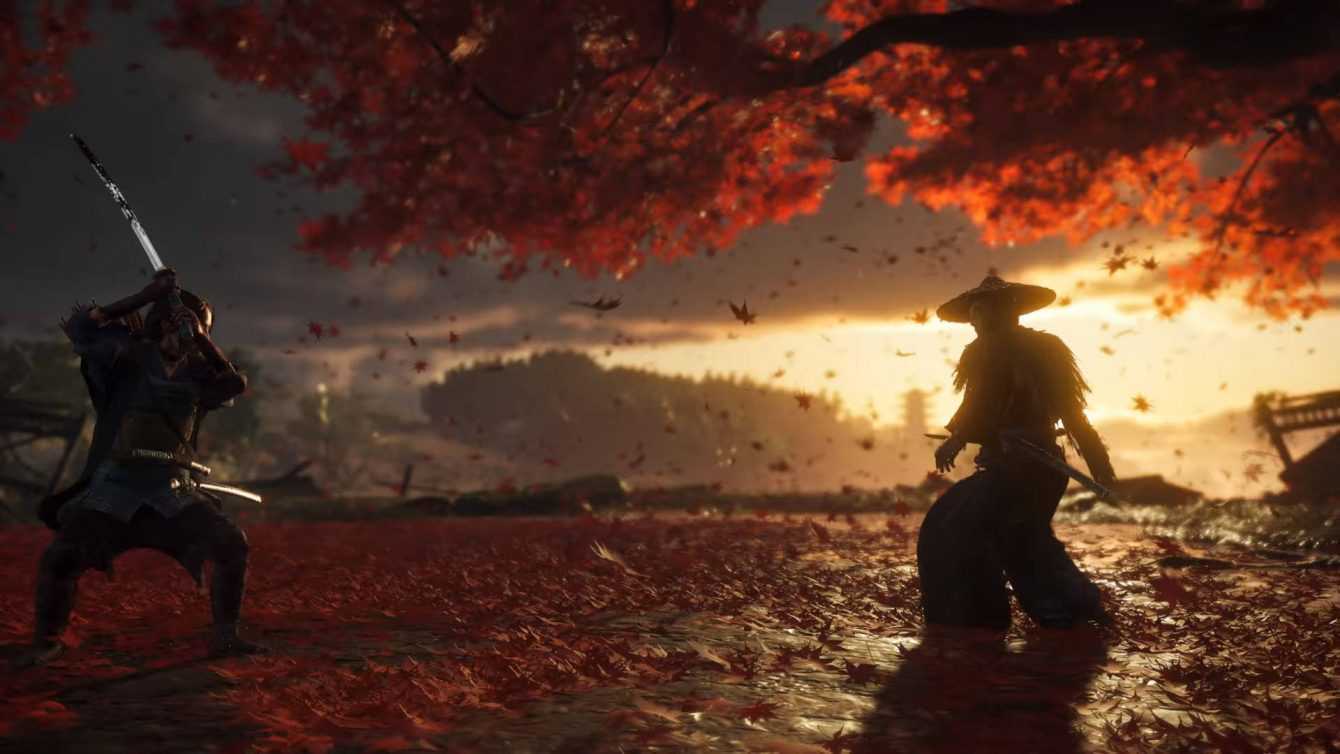
Collateral activities – The future of open worlds
Talking about collectibles and of accessory mechanics with respect to the main plot, as they can be many collateral activities (hunting, fishing, or even going to the cinema or playing golf in GTA V), it must be said that even if they do not play a role active in the character’s role progression with the improved stats at the end of the activity, or even if they only provide one pretext to give more narrative context to the game, what is important is that these elements are “significant“. That is, they must not only be consistent with the game world, but also have meaning and value for the player himself.
For this reason, returning to our Valhalla, the title often pushes the player to do this kind of activities, from fishing, to hunting, from dice challenges to drinking competitions. On many occasions, however, I have personally found myself avoiding, indeed, snubbing these mini games. Not so much for a matter of rhythm, but because they have not been able to communicate to me a real advantage and a real reason to make them, therefore remaining simple fillers. To conclude, based on what has been said so far, we can try to identify different ways through which open worlds can to evolve in the future. Let’s go and see them briefly.
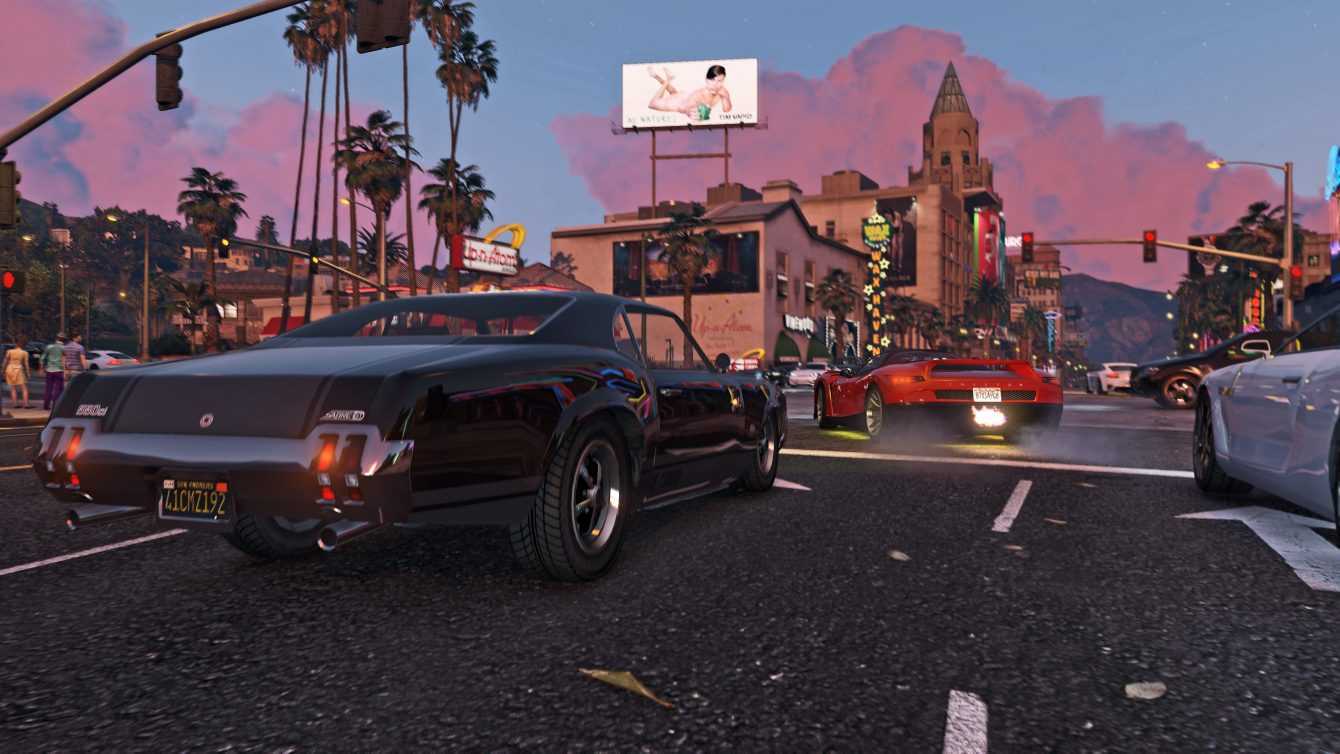
Possible solutions for the future – The future of the open world
Let’s go in this last paragraph to propose some change that can be made in the open world. In such a way as to try to solve the problems that limit the enjoyment, the originality and that would expand the gameplay in new ways. Everything always from the point of view of game design.
- Maps developed with narrative in mind: no more vast, procedurally constructed anonymous areas filled with objects, locations and tokens a posteriori, but territories designed with originality and in collaboration with other groups within the development team.
- Interaction with the game world and emerging gameplay: we have already talked about emerging gameplay but perhaps it is necessary to explain better what is meant. The concept can be expressed in the player’s freedom to use the mechanics in unexpected ways and unexpected by the developers themselves, resulting in ever new gameplay situations. This can obviously be applied in all game genres, but it is precisely in the freedom given by the open world that this system can offer the best (below an image that outlines the concept well).
- Improve AI routines: both NPCs and, above all, enemies. This is one of the aspects that, if used well, would give the player a greater feeling of likelihood (e.g. enemies who use the environment better to their advantage). To battle enemies who behave, not only predictably, but also stupid or inconsistent, it breaks the immersion.
- Hybridization with other genera: the classic hierarchical structure vertical made up of main missions, secondary, tertiary, collectible, etc … it should now be updated and renewed. A possible step forward could be to mess up this hierarchy and reshuffle the pieces of the puzzle. Perhaps by inserting, for example, more cinematic interlude scenes and in a more organic way in the story, stirring directing a The Last of Us Part 2 to the progression of a Horizon Zero Dawn. Thus breaking the loop: map crossing, dialogue, action, reward.
- Feeling of freedom: We are often so lost in our character enhancement run, wearily pursuing and apathetically a series of missions or in compulsively collecting collectibles, which we do not realize that instead of giving it to us, the game is free taking off. Taking up what was said for Ghost of Tsushima, sometimes “less is more”.
- Best implementation of the multiplayer component over time we have seen the introduction of online progressively in these titles as well. Now, they could be invented new modi to introduce this mode. A fairly original example was the so-called asynchronous multiplayer of Death Stranding, which somehow brings together the single and multi experience, avoiding cutting the two parts with the hatchet as in many other titles.
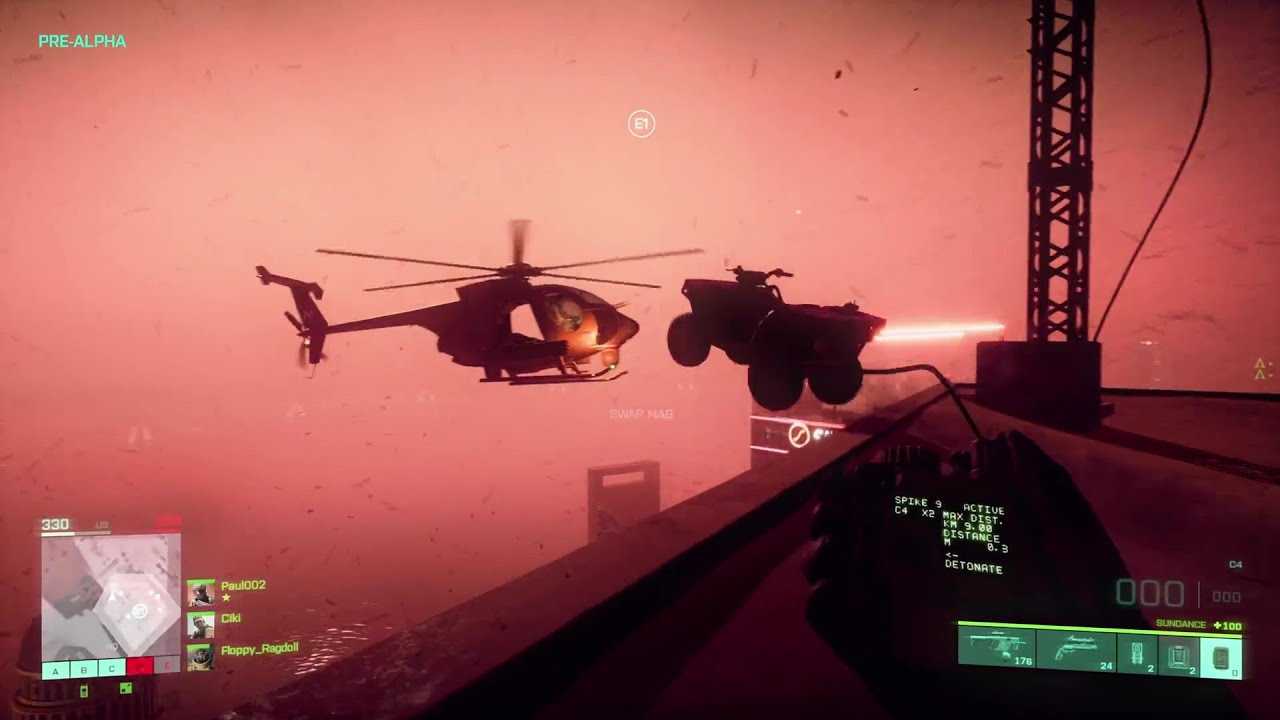
Got Ubisoft?
We have therefore seen, for to summarise, as this genre (which is not a genre) much loved by gamers needs to evolve. Both for a matter creative that of stagnation of the market and of the like of the public. From better content management or from a different interaction with the game world, open worlds remain a vast territory still to be to explore. We conclude by ensuring that no Assassin’s Creed Valhalla has been mistreated in the realization of this special.
Let us know in the comments what you think of these topics, if you agree or if you have any others suggestion. To buy securities in Discount, go to our Instant Gaming link! For other specials or to stay updated on the latest videogame news, follow the pages of TechGameWorld.com.













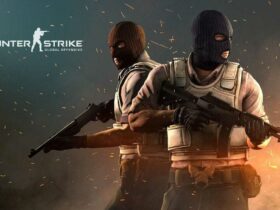
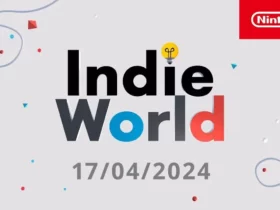
Leave a Reply
View Comments